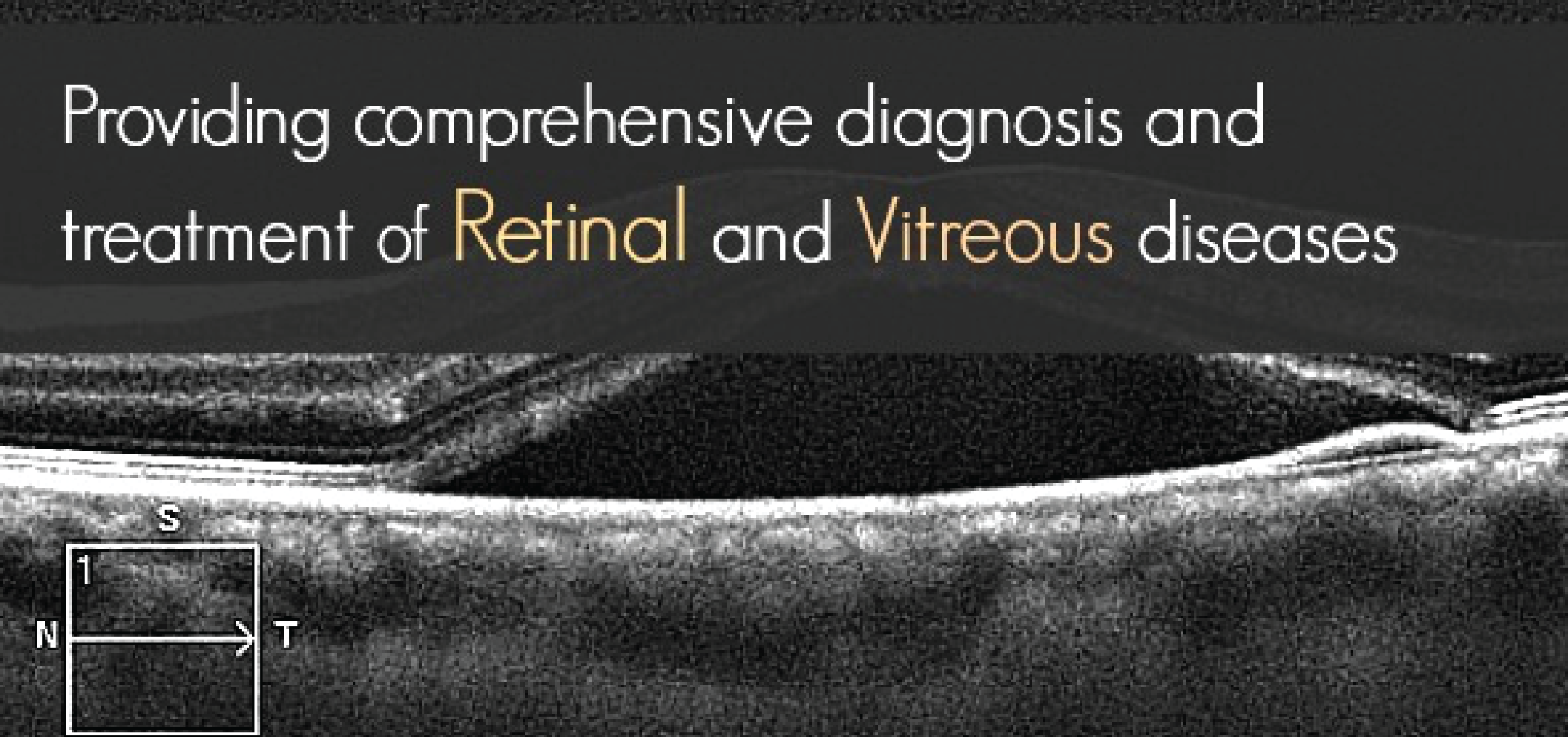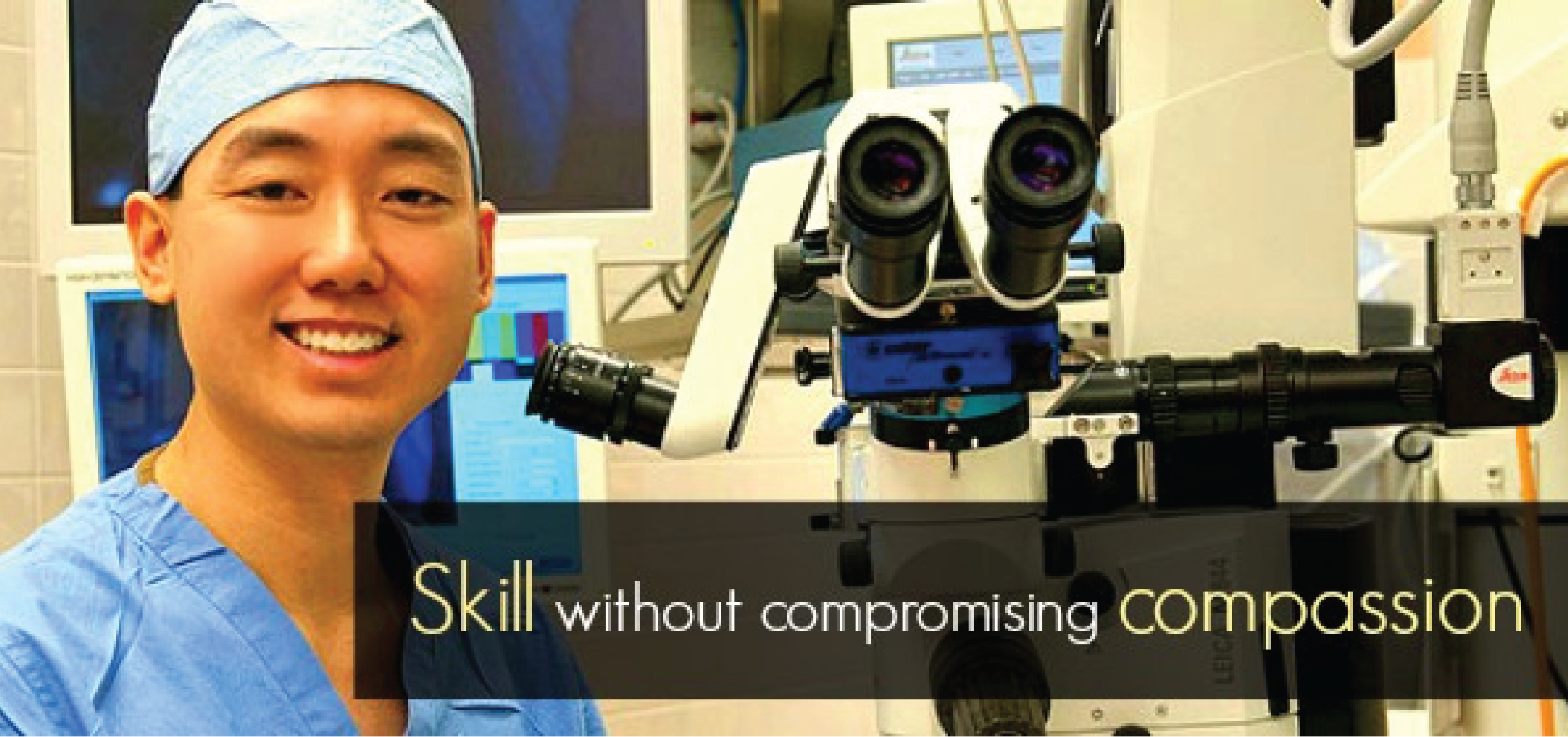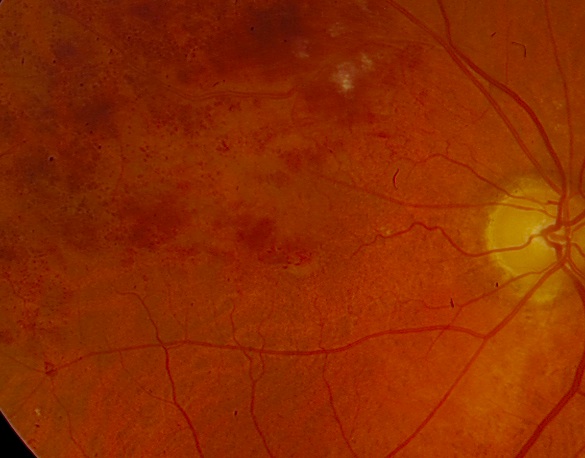Branch Retinal Vein Occlusion (BRVO)
A branch retinal vein occlusion (BRVO) occurs when there is a blockage of blood flow in a vein within the retina. Typically, the occlusion occurs at a site where an arteriole is crossing over the vein, and it is believed that the arteriole may compress the vein causing it to become blocked. Sometimes the blockage may occur when there is a thrombosis within the vein.
A BRVO is most commonly caused by arteriosclerosis which affects certain patients as they age. Arteriosclerosis over many years causes arterioles to harden and thicken from plaque build-up which can compress the adjacent vein. A BRVO may cause central vision loss or it may not cause any symptoms. The retina physician detects a BRVO by observing retinal hemorrhages and venous dilation and tortuosity in a specific pattern in the retina.
A BRVO may cause complications following the initial event including macular edema (swelling of the retina), abnormal blood vessel growth (neovascularization of the retina), and elevated intraocular pressure (neovascular glaucoma). Therefore, the patient will require repeated dilated examinations over time.
A fluorescein angiography test may be performed to confirm a BRVO is present and look for abnormal blood vessel growth.
If macular edema is detected and accompanied with vision loss, the physician may recommend injection of a medication into the eye. Anti-VEGF medications and steroid medications are currently used as treatment for macular edema. In addition, a laser treatment is sometimes recommended if abnormal blood vessel growth is present.









